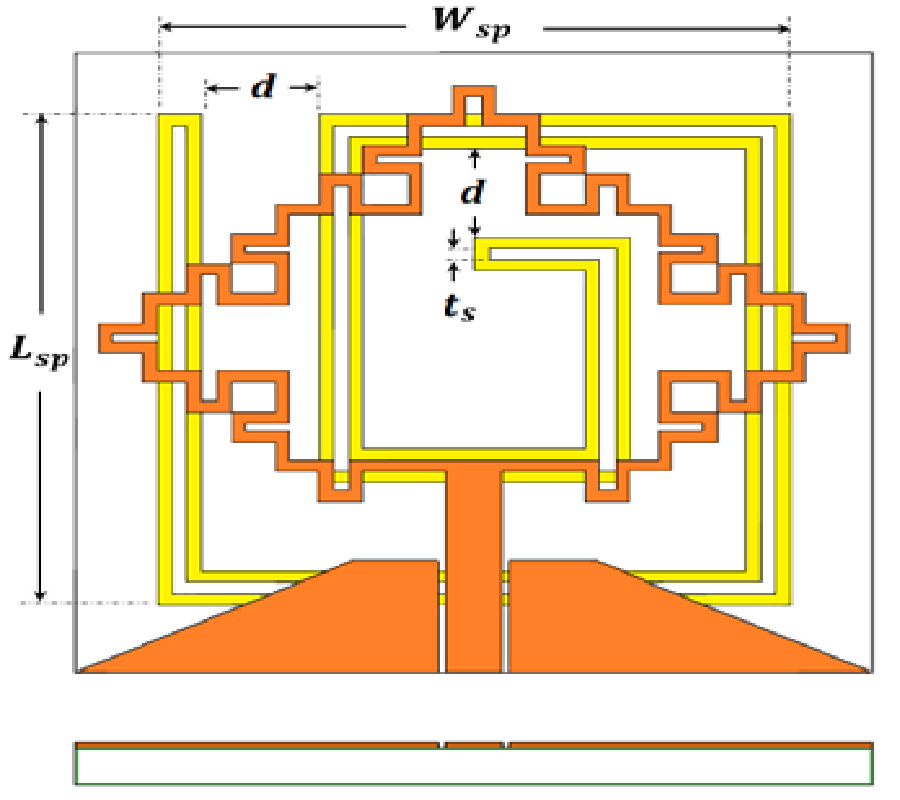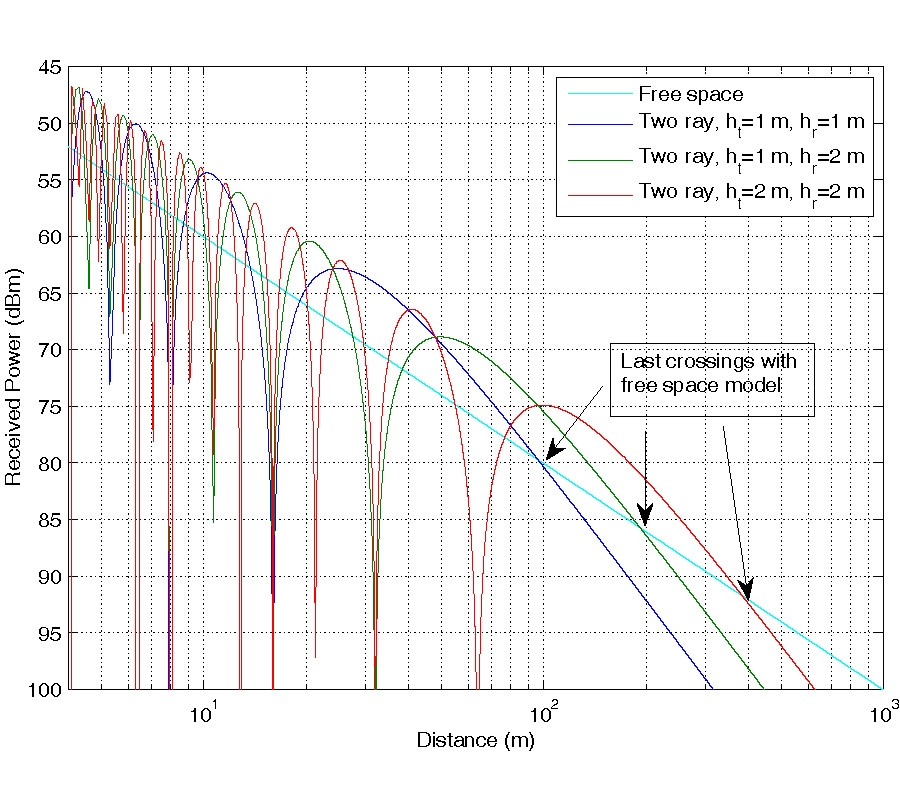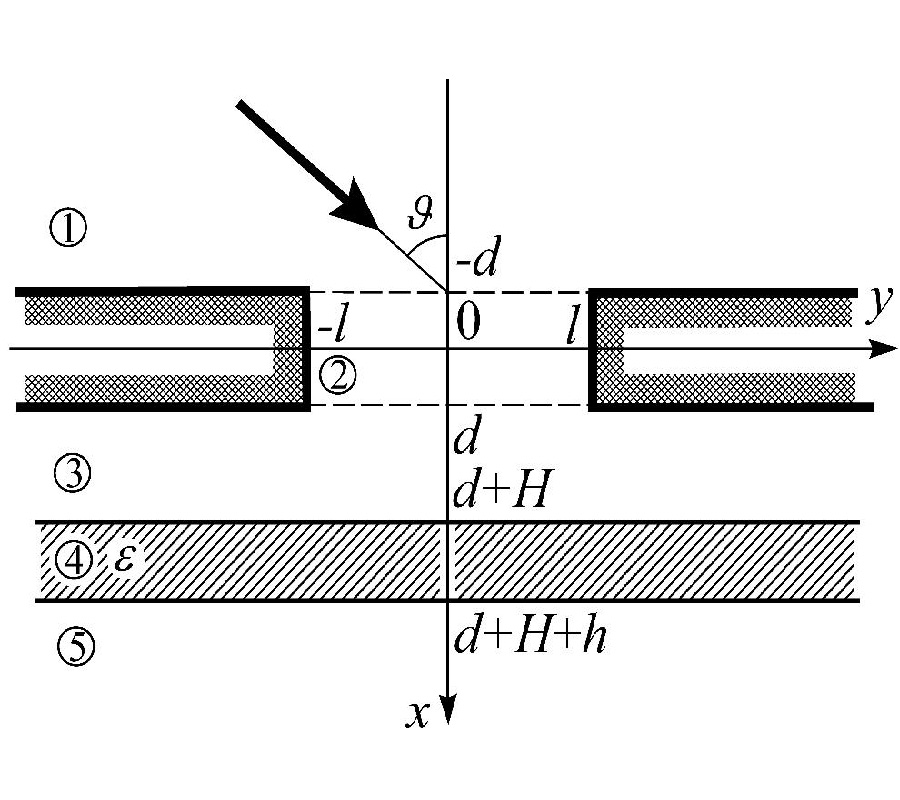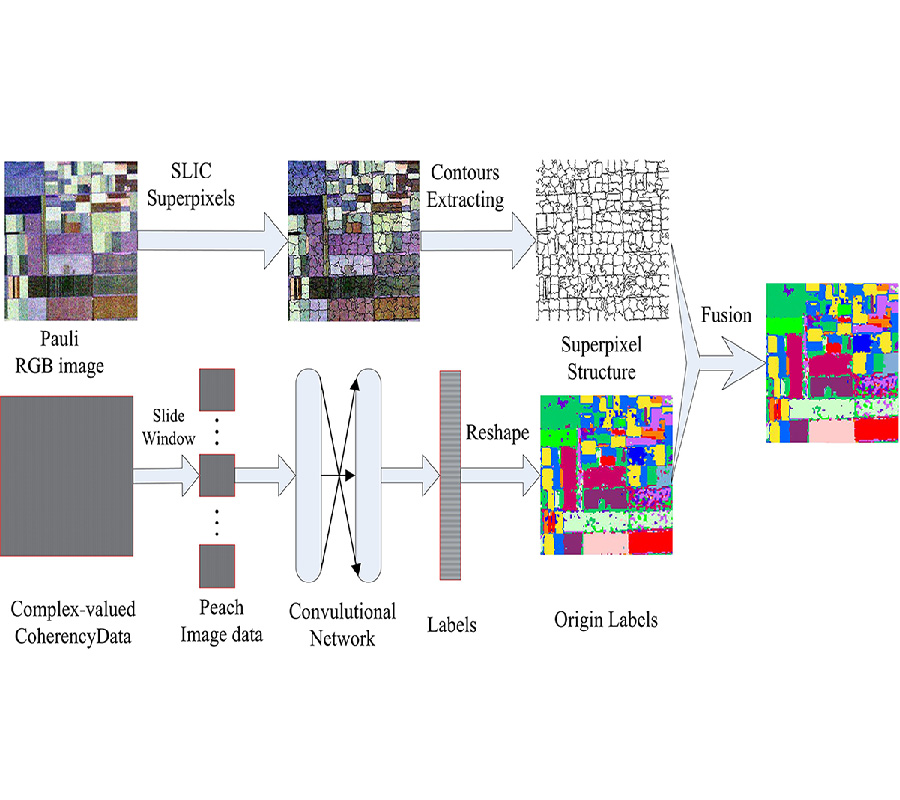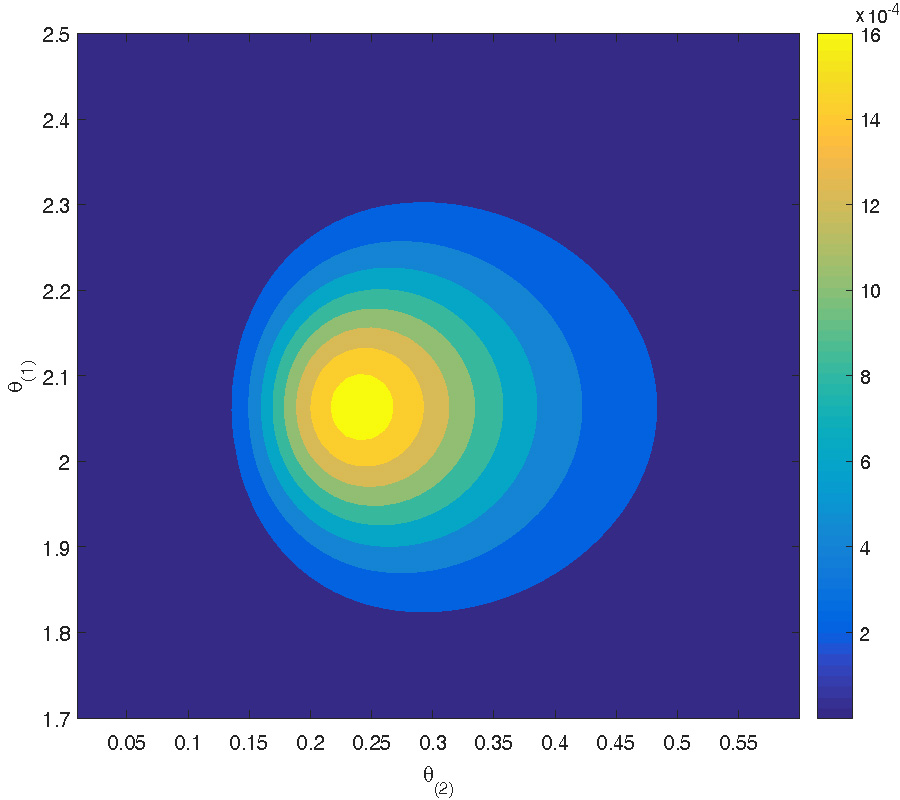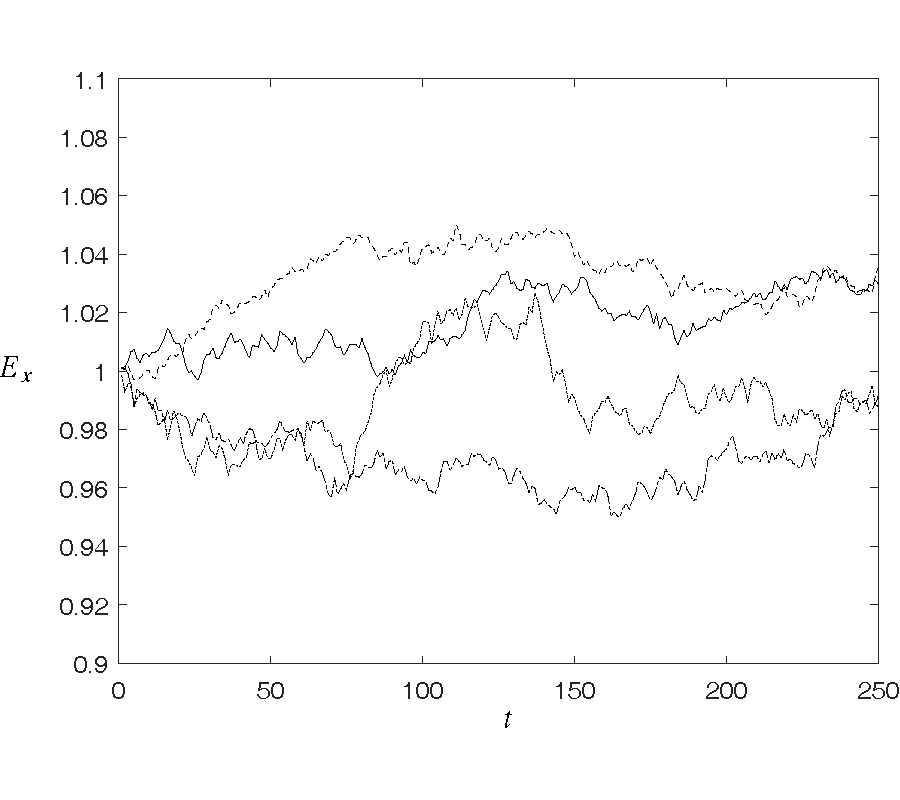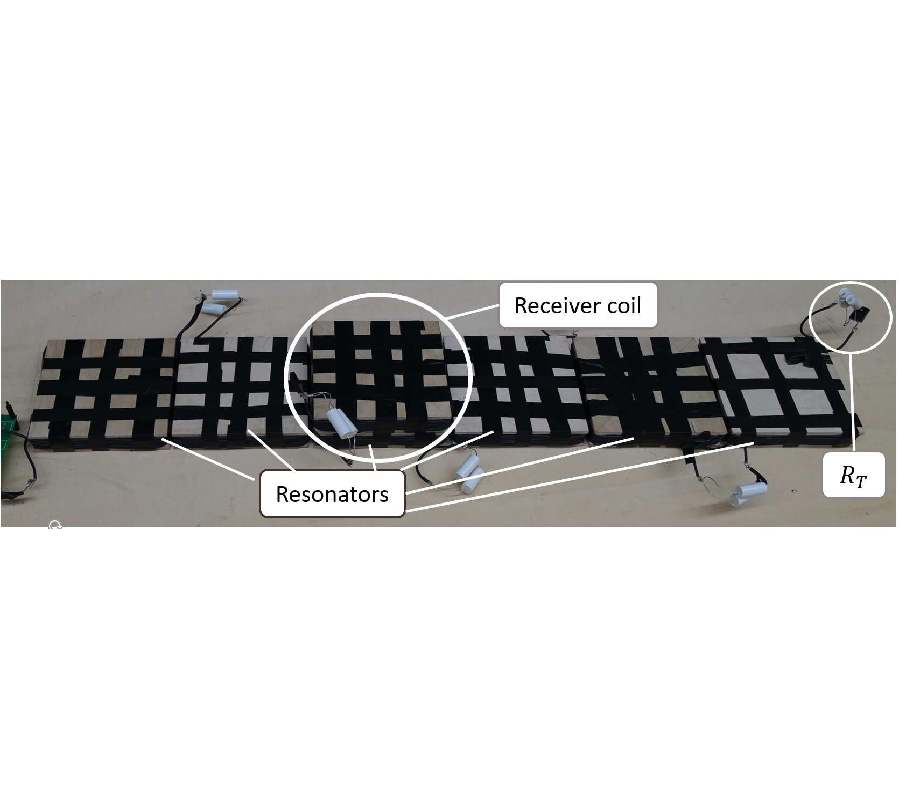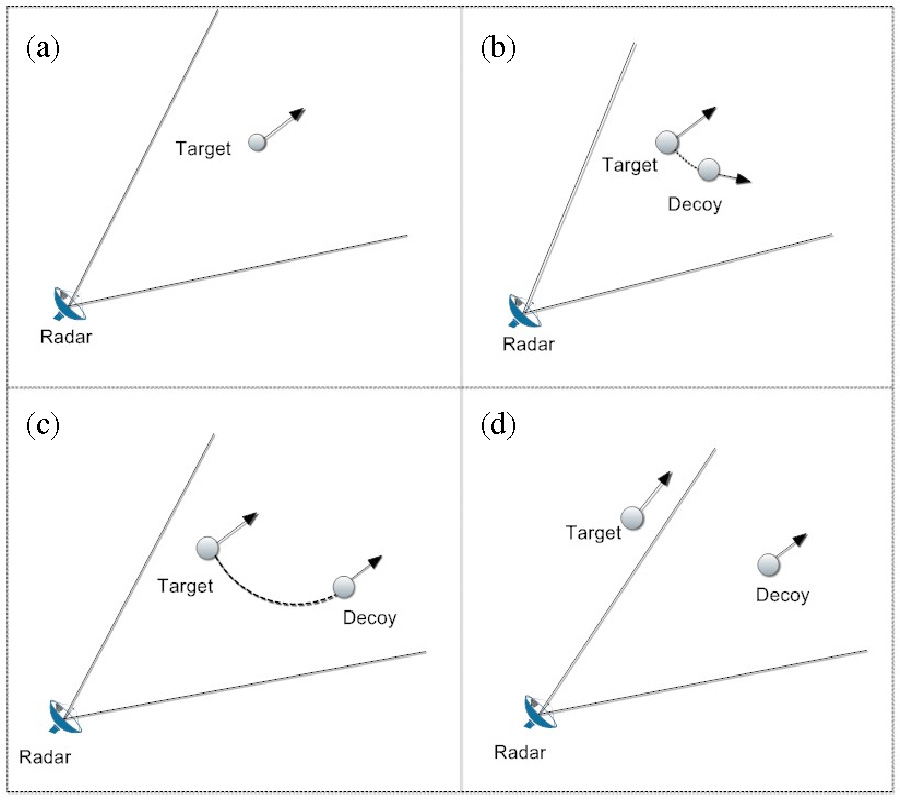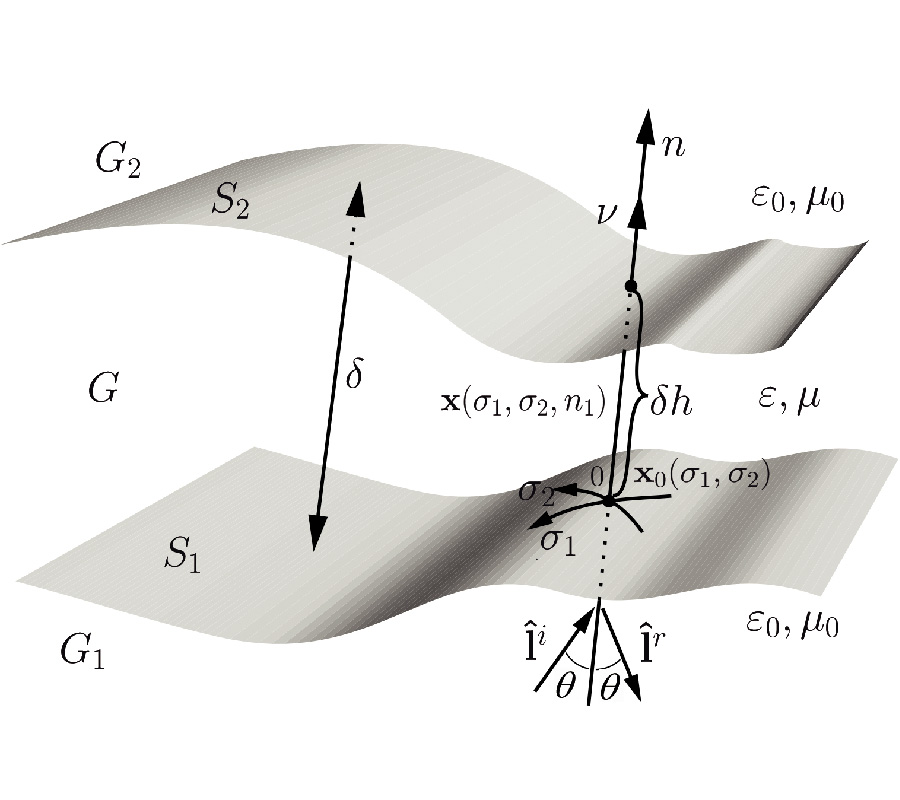2019-03-27 Latest Published
By Ayia A. S. A. Jabar
Dhirgham Kamal Naji
Progress In Electromagnetics Research B, Vol. 83, 177-201, 2019
Abstract
This paper presents a novel design methodology for the design and optimization of a miniaturized multiband microstrip patch antenna (MPA) suitable to be used in wireless communication systems. Two design steps were used to do that. In the first step, an initial antenna is designed by a trial and error approach to nearly operated in the desired frequency bands, but the level of impedance matching (S11<-10 dB) for one or more bands is unsatisfactory, or some bands are uncovered by the antenna. Then, the second design step is beginning after that aiming to achieve optimized antenna by applying an optimization algorithm to effectively fine-tune the impedance matching of the initial deigned antenna to closely satisfy all the desired frequency bands. As an illustrative example, the proposed optimization methodology was used for designing a miniaturized multiband MPA suitable for operating at five different frequency bands, 915 MHz (RFID band), 1850 MHz (GSM band), (ISM-Industrial, Scientific, Medical), 2.45 and 5.8 GHz, and 3.5 GHz (WiMAX band). The proposed MPA used here is composed of two patch structures printed on both sides of an FR4 substrate occupying an overall size of just 28×28 mm2. The final optimized antenna is fabricated, and its simulated and measured results were coinciding with each other validating the design principle. Moreover, simulation antenna performance parameters, surface current distribution, realized peak gain, and efficiency besides the radiation patterns at the desired frequency bands are obtained using CST MWS.
